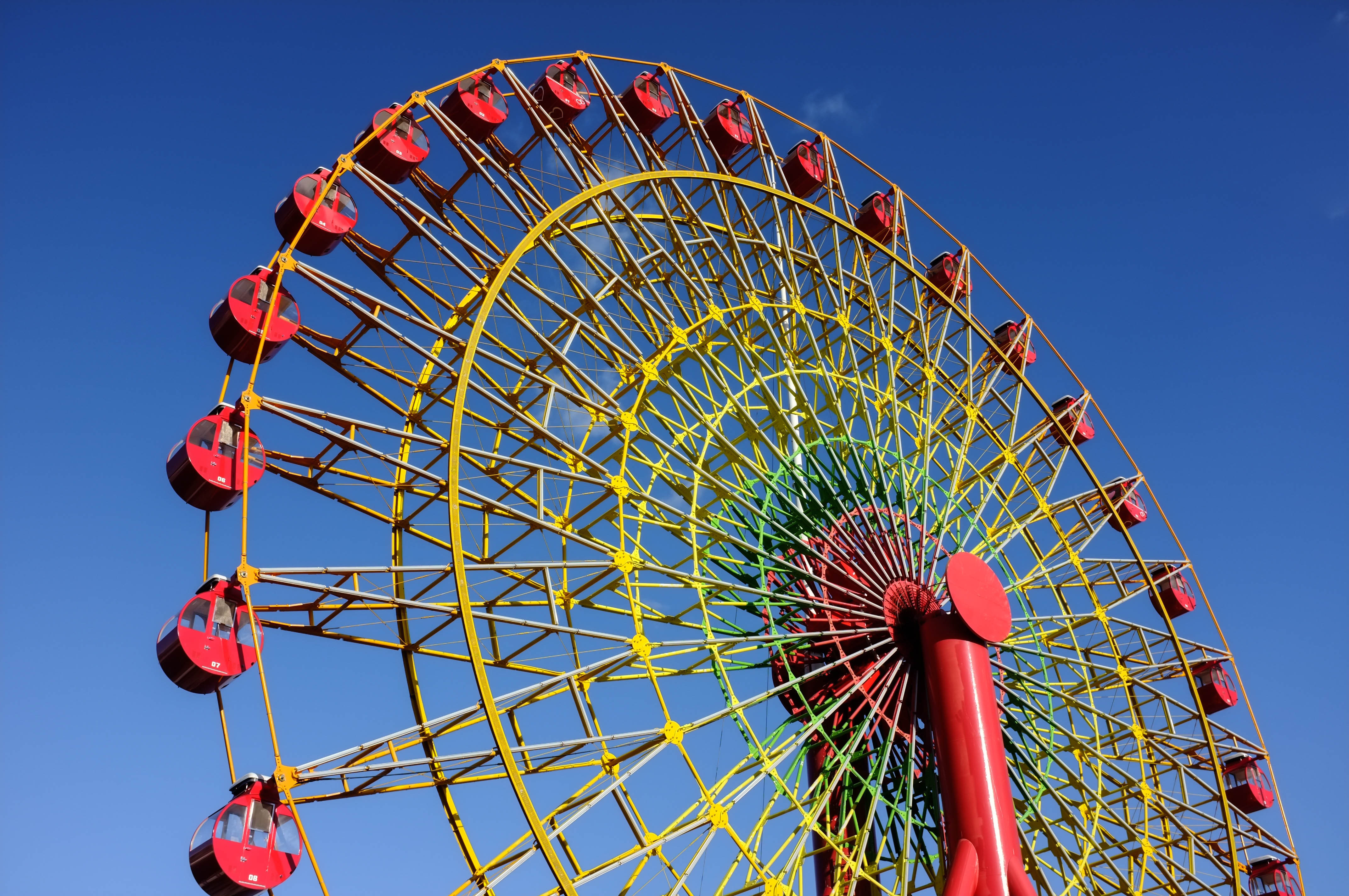Ferris, George Washington Gale, Jr. (1859-1896), an American engineer and entrepreneur, designed and built the first modern amusement wheel ride in 1893. Such rides, widely known as “ Ferris wheels ,” have become a fixture in fairs and amusement parks around the world. An entrepreneur is a person who organizes business ventures.
Ferris was born in Galesburg, Illinois, on Feb. 14, 1859. He earned a civil engineering degree from Rensselaer Polytechnic Institute in 1881. After graduation, Ferris designed and supervised the construction of bridges and railroad tunnels. He then established a steel inspection firm in Pittsburgh and later co-founded an engineering company.

Chicago’s leaders were preparing to host the World’s Columbian Exhibition of 1893. They wanted to show off American engineering skills. Ferris suggested building a giant rotating steel “observation wheel” that could hold over 2,000 passengers. European and American entertainers had previously built small wooden “pleasure wheels,” but these rides could only carry a few people at once. Fair directors scorned Ferris’s idea as unworkable. But Ferris persisted and won approval.
Ferris used his steel industry expertise to complete construction in just six months. His wheel was over 250 feet (75 meters) tall. It revolved around a steel axle that weighed 45 tons (41 metric tons). It was dramatically lit with electric lights —a novel invention at the time. Almost 1.5 million visitors enjoyed the ride. But the venture left Ferris entangled in lawsuits over the fair’s profits and patent rights. Deep in debt, Ferris died on Nov. 22, 1896, at the age of 37. Ten years later, his original wheel was sold for scrap.
